FORCES AT A DISTANCE
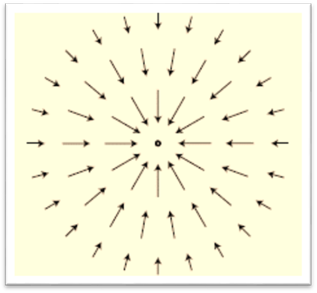
Unit Introduction
There are two types of
forces—contact forces and forces acting from a distance. This unit will focus
on forces at a distance.
Forces at a Distance
There are different types
of forces that can act on objects from a distance. Some of these forces are
gravity, electricity, and magnetism.
Gravitational forces are forces of attraction between objects that are due
to their masses. An object’s force of gravity has the tendency to pull other
objects toward it. The larger the object, the more gravity the object has.
Planets are very large and thusly have great amounts of gravity. A pencil, in
comparison, is tiny and only has a minimal amount of gravity. Any object with
mass, no matter how small, has gravity.
Learn more about
gravitational attraction by reading the following article.
PhET Simulation: Gravity Force Lab
To explore the attractive
force of gravity, interact with the following simulation. Complete the activity
as you explore the sim. Submit your work as question #12 in the assessment
portion of the unit.
Printable:
PHET
GRAVITY DOCUMENT
Electric forces exist between charged particles. Like charges will
repel each other and opposite charges will attract one another. As the distance
increases between charges, the electric forces get weaker. As the charged
particles move closer together, the electric forces are stronger. Coulomb
tested and proved this theory with his work. Watch the following video for a
thorough explanation of Coulomb’s law and electric forces.
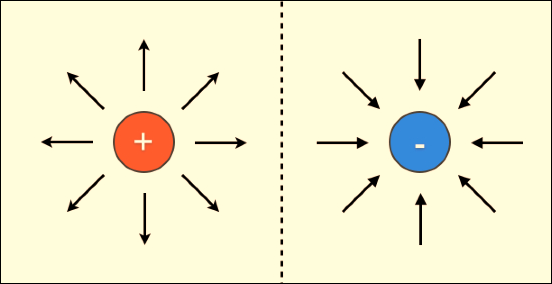
Magnetic forces occur when charged particles are in motion. If
particles move in the same direction, there is an attraction. If particles move
in opposite directions, there is a repulsion. Read the following article to
help you further understand magnetic forces.
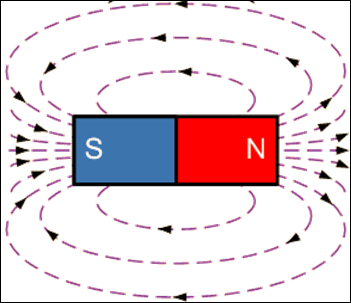
What is a Field?
A field is a region of
space that has a certain quantity of something throughout that space. A simple
way to think of this is that an object can have an area around it that is
affected by that force. The following website has basic information related to
the field concept.
http://www.physics4kids.com/files/elec_field.html
One type of field is a
gravitational field. A gravitational field has the same force of gravity
throughout the field. The force from Earth’s gravitational field, if you are on
or near Earth’s surface, is 9.8m/s2 downward. This force is used to
calculate an object’s weight that is resting on the surface of Earth.
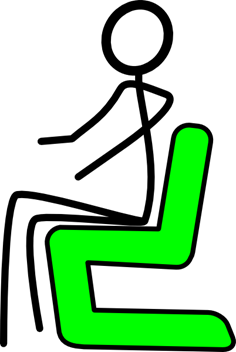
A person sitting in a
chair is resting on Earth’s surface and is subject to Earth’s gravitational
field. If the person has a mass of 40 kg and is subject to a gravitational
force of 9.8m/s2, then the person’s weight is 392N.
Learn more about Earth’s
gravitational field from watching the following video clip.
Similarly, electric and
magnetic fields exist. Scientists knew the electric forces existed but were
puzzled as to how they were transmitted. A physicist named Michael Faraday
proposed that a charged particle will create an electrically charged field all
around it at all times, and the charge gets weaker the further it is from the
source. If another charged particle comes into this field, it will be moved
around depending on that particle’s charge.
This video clip further
defines the electric field. Simply put in the video, electric field is the way
electric charges talk to each other, and it is defined as amount of force per
charge. Watch for more helpful information.
Here is a website that
shows how to draw the electric field lines:
http://www.physicsclassroom.com/class/estatics/Lesson-4/Electric-Field-Lines
A magnetic field is a way
to show how the magnetic force is distributed around a magnetic object through
space. You can use either a compass grid pattern or vector field lines to
illustrate a magnetic field. Magnetic fields occur wherever a charge is in
motion. For more information on magnetic fields please read the following
website.
What do the vector lines
look like for each type of field? Consult the chart below.
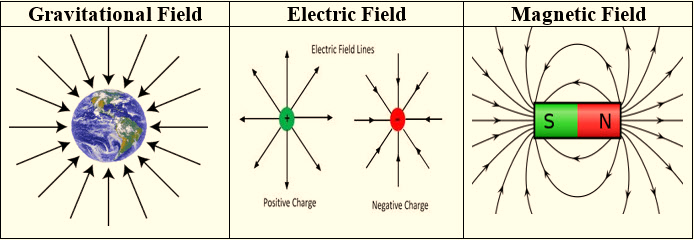
For all types of fields
mentioned above, the stronger the field is, the more force it will have on an
object in that field. Even if the object is not interacting with anything else,
the field around that object still exists.
Discovery Education: Electric and Magnetic Fields
The next video provides
detailed analyses and depictions of key concepts related to electric and
magnetic fields. The program explores electric charges, electric fields and
field lines, electric motors, electromagnetic force, electromagnetic induction,
gold leaf electroscopes, Faraday's law of induction, Fleming's left and right
hand rules, and magnetic declination.
![]() Electric
and Magnetic Fields (33:31)
Electric
and Magnetic Fields (33:31)
PhET Simulation: Electric Field Hockey
Interact with the
following simulation to further explore the effects of charged particles and
forces in the electric field. Complete the activity and submit as question #13
in the assessment portion of the unit.
https://phet.colorado.edu/en/simulation/legacy/electric-hockey
Printable:
PHET
FIELD HOCKEY DOCUMENT
QUIZLET VOCABULARY
 Now and questions 1 through 13.
Now and questions 1 through 13.

